When you think about living creatures, you might assume that water is essential for all life. It’s easy to picture animals flocking to water sources to drink and survive. But did you know that some creatures have adapted to live their entire lives without ever taking a sip of water? Yes, it’s true. These amazing animals have found clever ways to extract moisture from their environment or food, allowing them to thrive in some of the harshest conditions. Let’s dive into the fascinating world of creatures that don’t need to drink water.
1. Kangaroo Rat
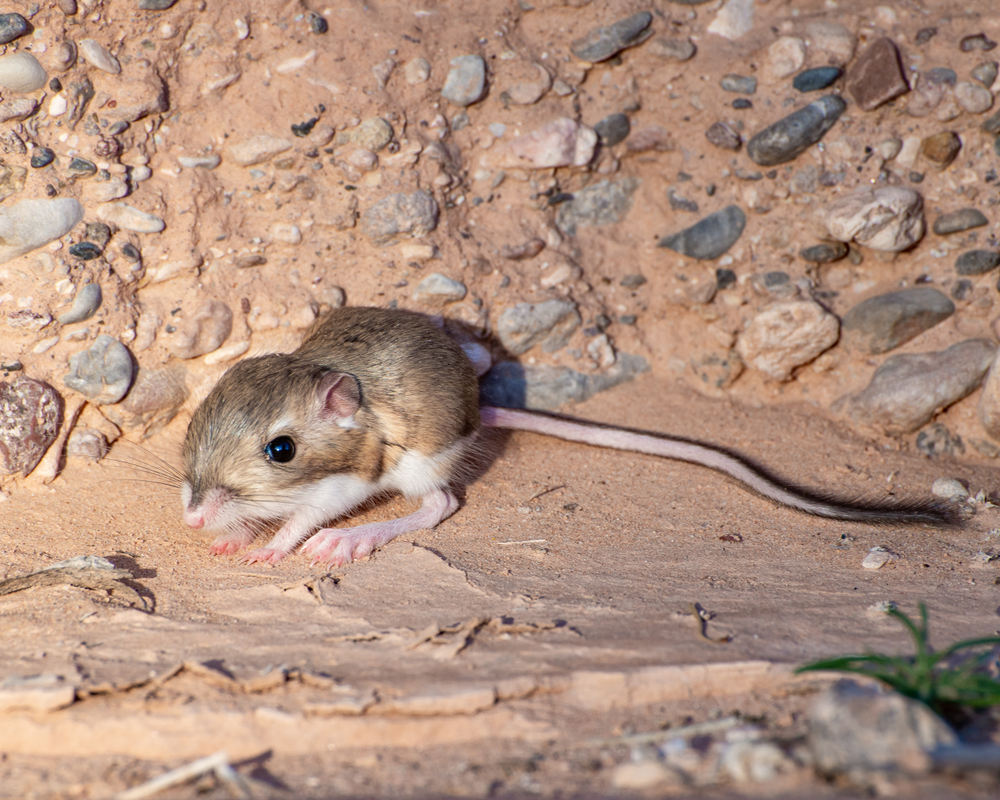
You’ve probably heard of kangaroos, but have you ever heard of the kangaroo rat? This small rodent lives in the deserts of North America and manages to survive without drinking water. Instead of sipping from ponds or streams, the kangaroo rat gets all the water it needs from the seeds it eats. In the process of metabolizing these seeds, water is produced internally, which is enough to keep these critters hydrated. According to research by Dr. Timothy Bradley of the University of California, Irvine, their kidneys are highly efficient, allowing them to conserve water to extreme degrees.
Kangaroo rats are active mainly at night, a behavior that helps them avoid the harsh heat of the desert sun. By living in burrows and venturing out only after dusk, they minimize the amount of water they lose through evaporation. Talk about clever adaptability! Their large hind legs allow them to jump great distances, which helps them escape predators quickly. Between staying cool and staying hydrated from their food, kangaroo rats are true desert survival experts.
2. Thorny Devil
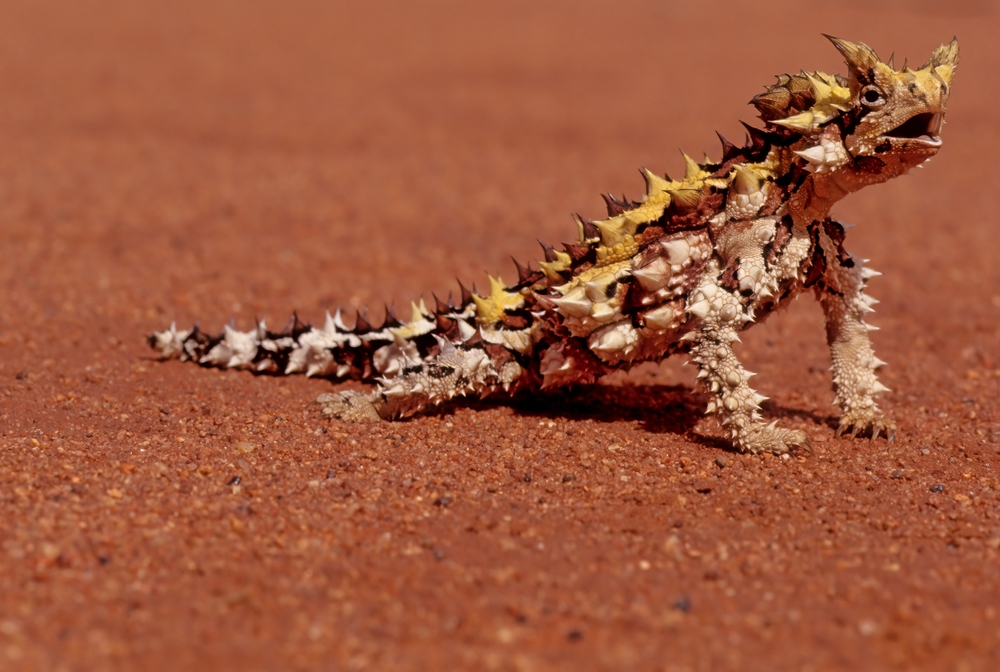
Meet the thorny devil, a lizard native to the arid deserts of Australia. If you ever spot one, you’ll notice its body covered in spines, which not only serve as protection but also play a key role in water collection. This fascinating creature can drink with its skin! When morning dew or rain comes into contact with the thorny devil, the moisture collects in the grooves between its spines. From there, it channels directly to the mouth.
The thorny devil’s diet consists almost exclusively of ants, which are full of moisture. By consuming hundreds of ants a day, it extracts all the necessary water without needing to drink. Its camouflaged body allows it to blend into the landscape, reducing the need to expend energy and lose precious moisture. The thorny devil is an excellent example of how specialized adaptations allow creatures to thrive in extreme environments. These unique adaptations make it a master at conserving water in one of the driest places on Earth.
3. Sand Gazelle
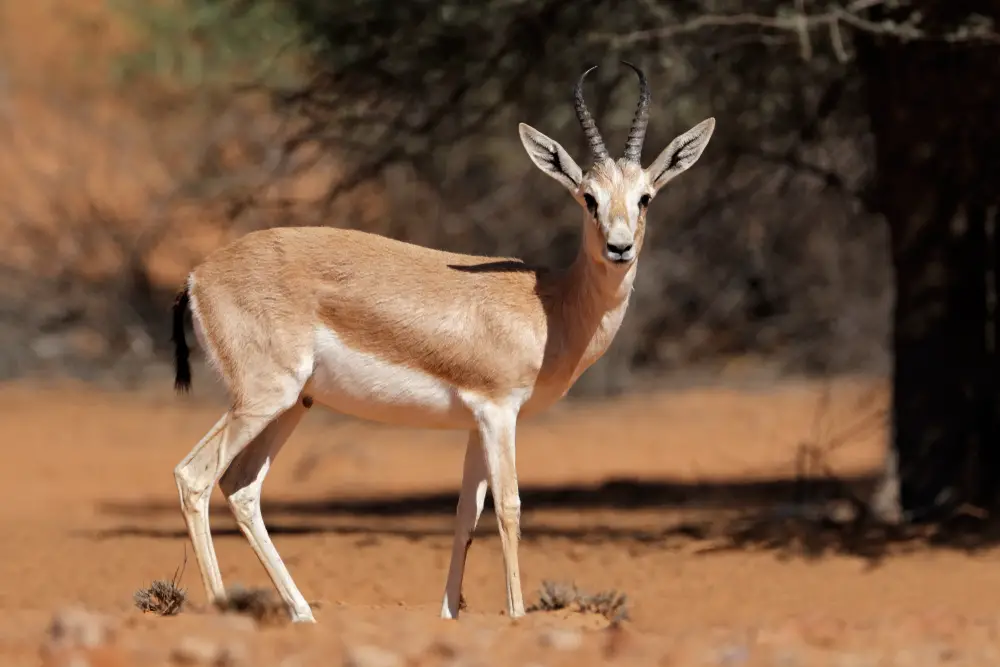
The sand gazelle is another desert specialist that has adapted to life without drinking water. Found in the Middle East, this graceful animal relies heavily on its efficient metabolism to survive the harsh desert climate. When faced with dehydration, the sand gazelle’s body can shrink its liver to reduce its metabolic rate and conserve water. Dr. Joseph Williams, a researcher from Ohio State University, points out that this adaptation is unique and crucial for its survival in arid environments.
In addition to internal water conservation, sand gazelles obtain moisture from the plants they eat. These plants have adapted to store more water, providing an essential source of hydration. The gazelles’ ability to travel long distances in search of food without relying on surface water is a testament to their remarkable resilience. Their pale color also helps reflect the sun’s rays, reducing overheating and water loss. All these traits combined make the sand gazelle a true desert survivor.
4. Koala
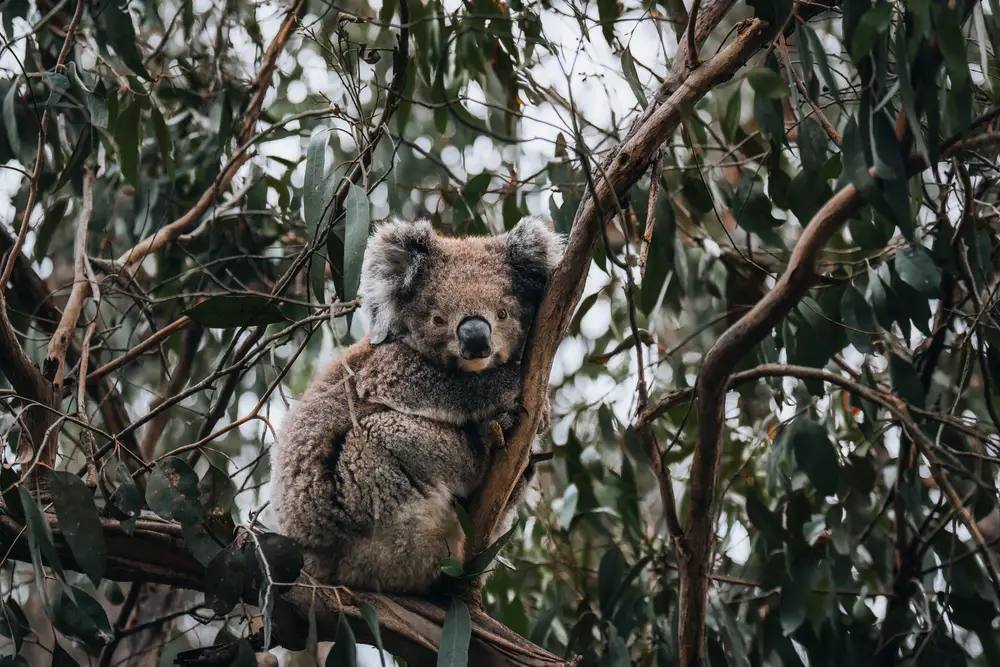
Koalas are often associated with their adorable appearance and their penchant for lounging in eucalyptus trees. Did you know they rarely drink water? These marsupials get most of their hydration from the eucalyptus leaves they consume. The leaves have a high water content, which is sufficient to meet their needs. This diet also provides them with the nutrients they require, though it’s low in energy.
Koalas are quite sedentary, spending most of their time resting or sleeping to conserve energy. This lifestyle helps reduce their water needs further, as they don’t expend much energy moving around. Their slow metabolism allows them to digest the fibrous eucalyptus leaves efficiently, extracting all the necessary nutrients and moisture. Koalas have evolved to be perfectly suited to their unique environment. By relying on eucalyptus leaves for sustenance, they maintain their hydration without the need to drink.
5. Desert Tortoise
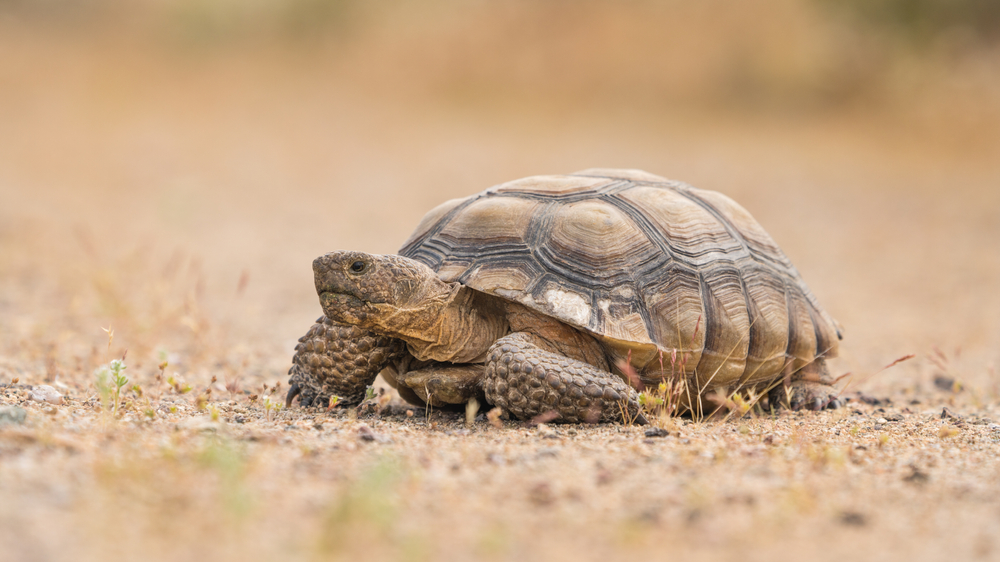
The desert tortoise is a master at living in dry environments like the Mojave and Sonoran Deserts. It spends much of its life in burrows, which protect it from extreme temperatures and help conserve water. Desert tortoises can go for long periods without drinking by storing water in their bladders. According to a study published in “Herpetological Conservation and Biology,” their ability to recycle water is unparalleled in the animal kingdom.
When rain finally falls, desert tortoises emerge from their burrows to drink and fill their water reserves. They also obtain moisture from the vegetation they eat, which includes cacti and grasses. These plants provide the necessary nutrients and hydration to sustain them during droughts. Their scaly skin reduces water loss, further enhancing their ability to survive in arid climates. The desert tortoise is a prime example of how some animals have evolved to endure life with minimal water.
6. Marine Iguana
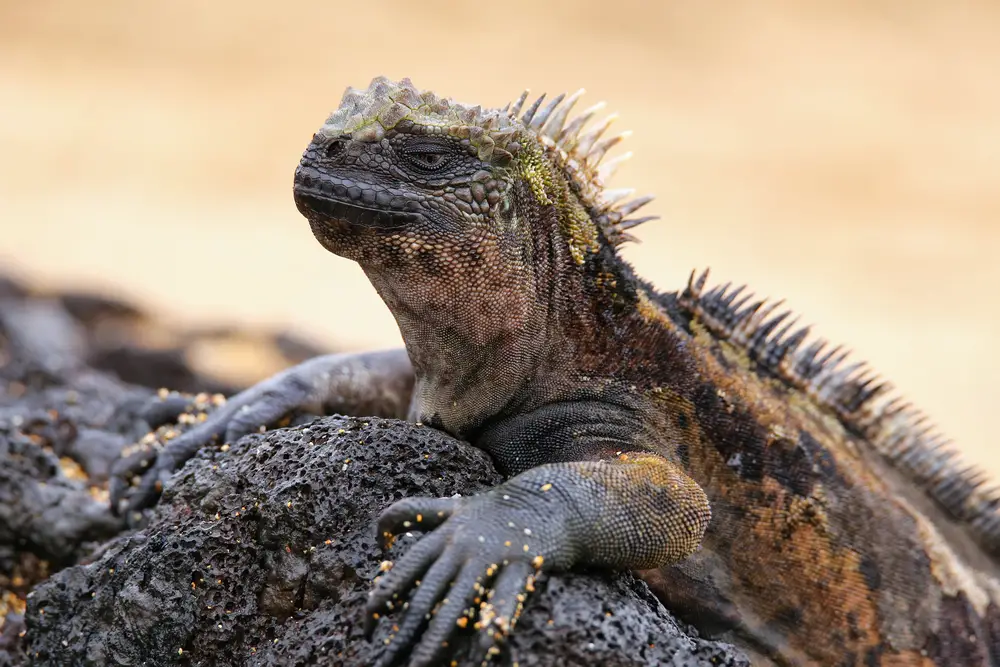
While it might seem counterintuitive to include a creature that lives on the ocean’s edge, the marine iguana doesn’t actually drink water. Found on the Galápagos Islands, these unique reptiles dive into the sea to feed on algae. Despite being surrounded by saltwater, marine iguanas have adapted to live without drinking any of it. Instead, they expel salt through specialized glands, ensuring their bodies remain balanced.
The algae they consume provide the hydration they need to survive. As ectotherms, marine iguanas rely on external heat sources, such as the sun, to regulate their body temperature. By basking on the rocks after feeding, they absorb the warmth needed to digest their meals efficiently. This laid-back lifestyle allows them to conserve energy and water, making them well-suited to their coastal habitat. With their unique adaptations, marine iguanas thrive in a challenging environment.
7. Namib Desert Beetle
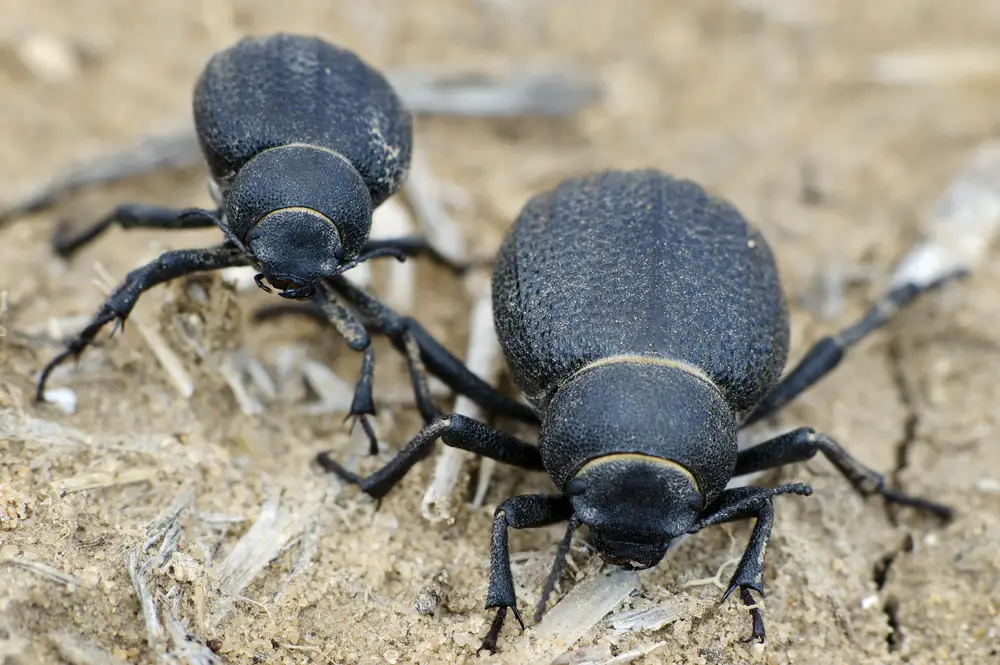
The Namib Desert beetle has found an innovative way to drink water without a water source. Living in one of the world’s oldest and driest deserts, this beetle relies on fog for hydration. When the fog rolls in, it stands on its head, allowing water droplets to collect on its back and run down to its mouth. Professor Andrew Parker from the University of Sydney has studied these beetles extensively and highlights their unique water-harvesting mechanisms as an inspiration for human technology.
This behavior allows the beetle to extract enough water to survive in its harsh environment. During the day, Namib Desert beetles hide under rocks to avoid the intense heat of the sun. This helps minimize water loss through evaporation. By being active mainly at night, they maximize their chances of catching moisture from the fog. These incredibly resourceful beetles demonstrate nature’s creativity in overcoming environmental challenges.
8. Gila Monster
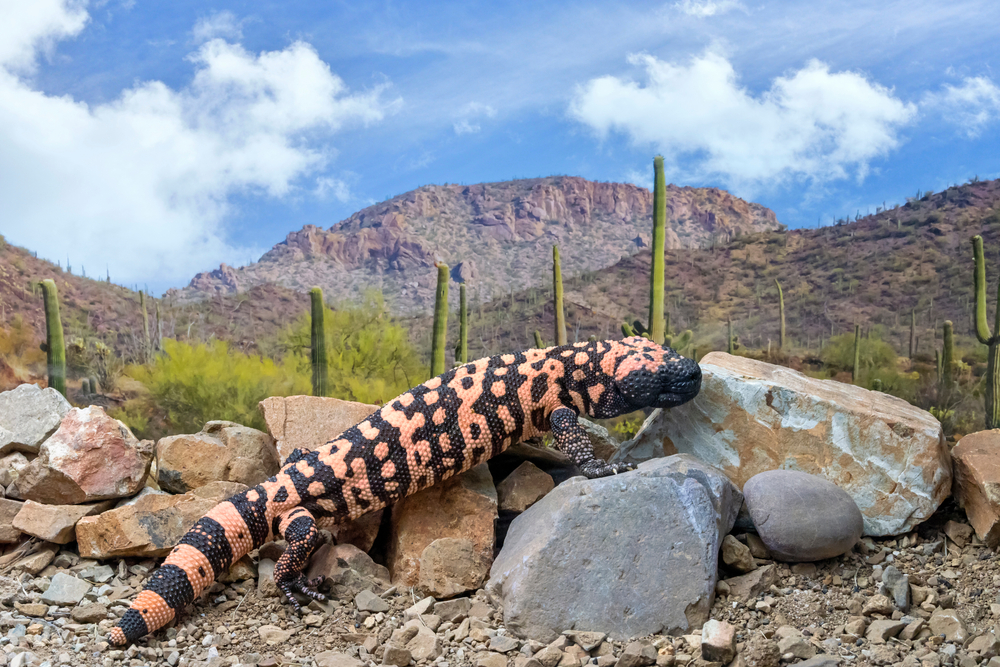
The Gila monster is a venomous lizard native to the southwestern United States and northwestern Mexico. It spends much of its life underground, where it’s cooler and less dry. Gila monsters can go months without eating or drinking, thanks to their ability to store fat and water in their tails. When they do eat, they consume large meals, which provide both nutrients and hydration.
Their diet consists of small mammals, birds, and eggs, all of which contain the moisture needed for survival. Unlike most reptiles, Gila monsters have a low metabolic rate, allowing them to conserve energy and water. Their thick skin helps prevent water loss, making them well-suited for their arid habitats. By relying on their unique adaptations, Gila monsters thrive without needing a regular water source. These creatures are a testament to the power of evolution in enabling survival in harsh environments.
9. African Lungfish
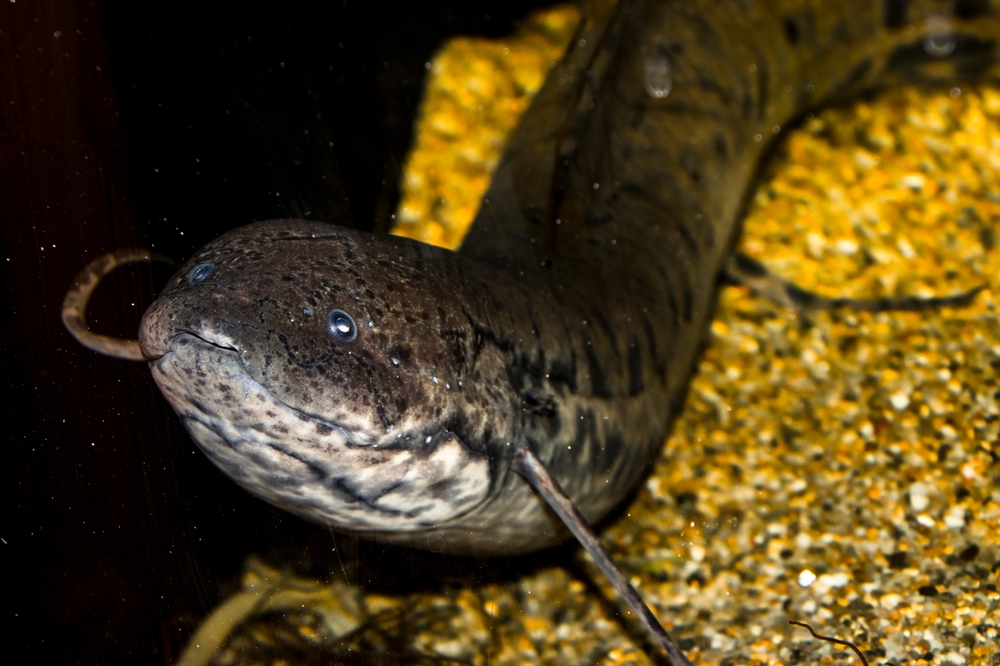
African lungfish are fascinating creatures that can survive in water-scarce environments. Found in Africa’s freshwater habitats, these fish have a unique ability to withstand droughts. When water is scarce, African lungfish create a cocoon out of mud and mucus, allowing them to estivate, or hibernate, during dry periods. This state of dormancy helps them conserve energy and water by reducing their metabolic rate.
They can remain in this cocoon for months, sometimes even years, until the water returns. During this time, they rely on the moisture stored in their tissues to survive. Their specialized respiratory system allows them to breathe air, which is crucial when they are encased in their cocoons. African lungfish provide a remarkable example of how some animals have adapted to cope with drastic environmental changes. Their ability to survive prolonged droughts showcases nature’s resilience and ingenuity.
10. Dik-Dik
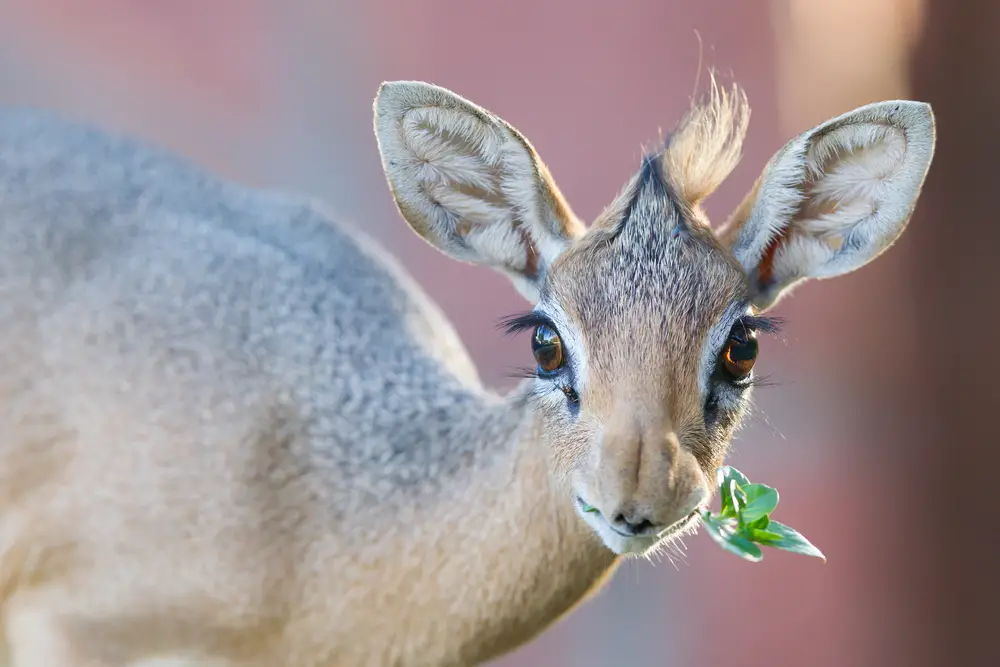
Dik-diks are small antelopes that inhabit the arid regions of eastern and southern Africa. Despite living in dry environments, they rarely drink water, obtaining most of their hydration from the plants they consume. These plants, such as succulents and leaves, have high water content, providing the necessary moisture for survival. By eating during cooler hours, dik-diks reduce water loss through evaporation.
Their efficient metabolism helps them extract maximum moisture from their food, reducing their dependency on surface water. Dik-diks are known for their monogamous relationships, often seen in pairs or small family groups. This social structure helps them conserve energy and avoid predators. Their small size and ability to blend into their surroundings further contribute to their survival in harsh environments. Dik-diks are a perfect example of how animals have adapted to thrive without direct access to water sources.
11. Tardigrade

Tardigrades, also known as water bears, are microscopic creatures renowned for their resilience. These tiny animals can survive in extreme conditions, including environments with no water. When faced with dehydration, tardigrades enter a state called cryptobiosis, essentially suspending their metabolism. In this state, they can endure without water for years, reviving when moisture returns.
Cryptobiosis allows tardigrades to withstand not only dehydration but also extreme temperatures and radiation. They can be found in a variety of habitats, from the deep sea to mountain tops. By entering cryptobiosis, they demonstrate an extraordinary ability to adapt to challenging conditions. Tardigrades are a testament to nature’s ability to create life forms that can thrive in nearly any environment. Their resilience makes them one of the most fascinating creatures on Earth.
12. Addax
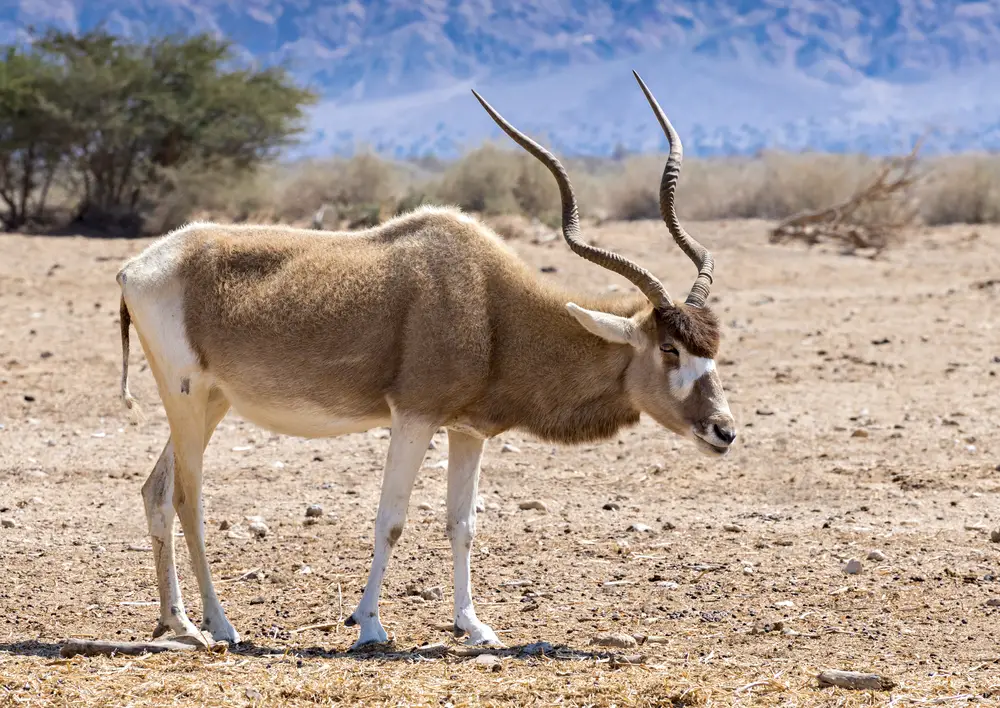
The addax, also known as the white antelope, is a desert-dwelling species native to the Sahara Desert. These antelopes have adapted to life in the desert by developing a highly efficient metabolism. They derive most of their water from the food they eat, such as grasses and leaves. These plants retain moisture, providing essential hydration during dry spells.
Addaxes have special adaptations that minimize water loss, such as a pale coat that reflects the sun’s rays and reduces overheating. They are mostly nocturnal, which helps them avoid the intense heat of the desert sun. By resting during the hottest parts of the day, addaxes conserve energy and reduce their need for water. Their ability to survive in such extreme conditions highlights the adaptability of desert animals. The addax is a remarkable example of an animal thriving in one of the harshest environments on Earth.
13. Fennec Fox
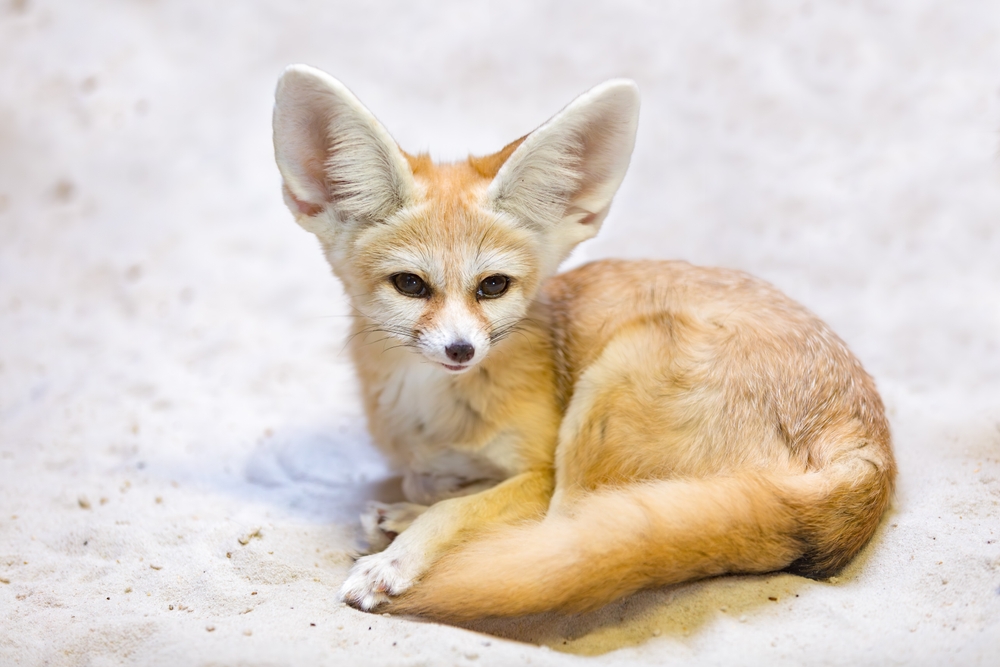
The fennec fox, the smallest of all foxes, is well-adapted to the Sahara Desert’s harsh climate. Its large ears not only help it hear prey but also dissipate heat, keeping it cool in the scorching sun. Fennec foxes get most of their water from the food they eat, such as rodents, insects, and plants. These sources provide the necessary moisture to sustain them in a dry environment.
Fennec foxes are primarily nocturnal, hunting and foraging at night when the temperatures are cooler. This behavior helps them avoid water loss through sweating and evaporation. They live in burrows, which offer protection from the sun and maintain a cooler, more humid environment. Their thick fur insulates them from both heat and cold, making them well-suited for desert life. The fennec fox is a perfect example of how animals can adapt to thrive without direct access to water.
14. Jerboa
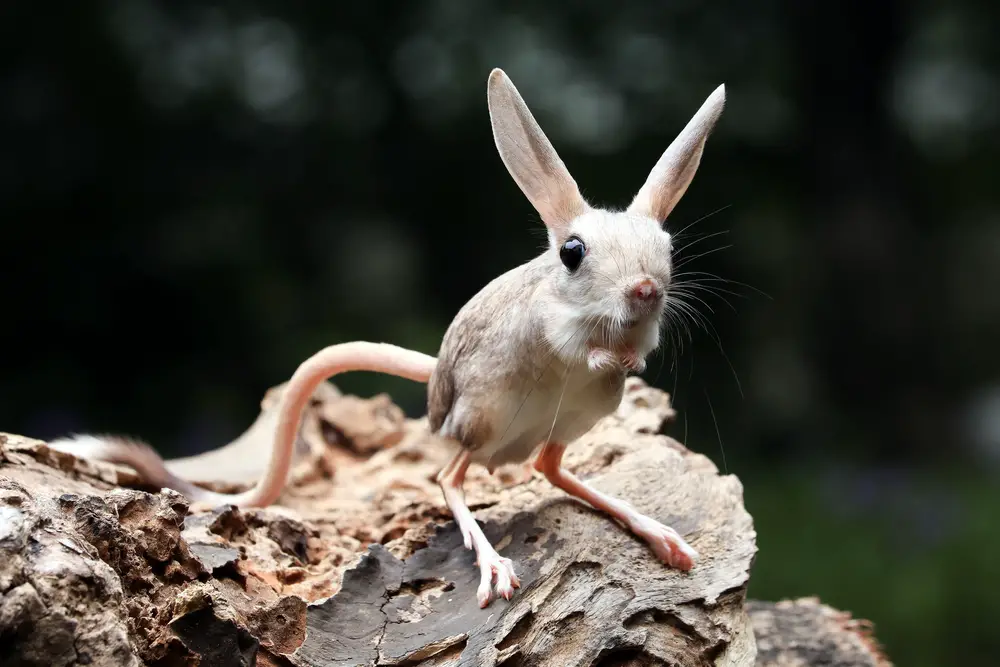
Jerboas are small rodents found in the deserts of Asia and North Africa. These tiny creatures have long legs that allow them to hop great distances, a behavior that helps them escape predators quickly. Despite living in arid regions, jerboas don’t drink water; instead, they obtain moisture from the seeds and insects they consume. This diet provides them with all the hydration they need to survive.
Jerboas are nocturnal, meaning they are active at night when it’s cooler, reducing their need for water. During the day, they shelter in burrows to avoid the heat and conserve energy. Their bodies are adapted to minimize water loss, making them incredibly efficient at surviving in desert environments. Jerboas are a testament to the incredible adaptability of life in some of Earth’s harshest climates. These resilient creatures showcase the power of evolution to overcome challenging circumstances.
